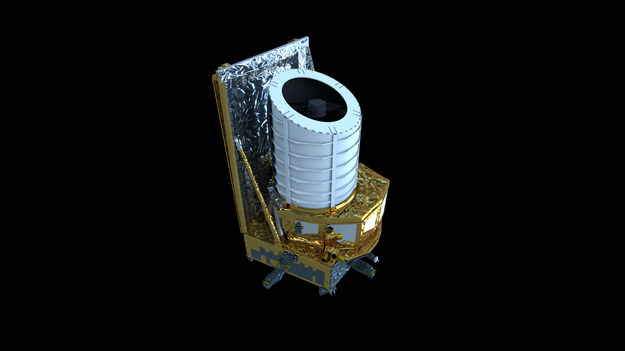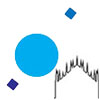Team members: Bianca Garilli, Marco Scodeggio, Paolo Franzetti, Marco Fumana, Melita Carbone, Adriana Gargiulo, Chiara Mancini

Euclid is an European Space Agency (ESA) medium class mission, part of the ESA Cosmic Vision 2015-2025 programme. The main goal of Euclid is to understand the origin of the accelerating expansion of the Universe. The Euclid satellite will be equipped with a 1.2 m telescope and three imaging and spectroscopic instruments working in the visible and near-infrared wavelength domains. With these instruments astronomers will explore the expansion history of the Universe and the evolution of cosmic structures with look back time by measuring shapes and redshifts of galaxies as well as the distribution of clusters of galaxies over a very large fraction of the sky. Euclid will carry out its mission on a libration orbit around the Sun-Earth second Lagrange point (L2), similar to that used by the Herschel and Planck satellites. For more details about the project, see the ESA Euclid Web page, and the Euclid Consortium Web page.
IASF-Milano is involved in the Euclid project since the very beginning, when two competing proposals, named SPACE and DUNE, were submitted to ESA, both aiming to provide an extremely accurate test of the current Cosmological model. Because of our extensive experience with large spectroscopic surveys, we were part of the SPACE proposal, and we are now part of the Euclid Consortium with our primary focus on the Euclid Spectroscopic Survey and the study of Galaxy Clustering.
- Within the Euclid Science Ground Segment (SGS), we lead OU-SIR, the Organization Unit (OU) in charge of designing the spectroscopic data reduction pipeline, and a number of its Work Packages
- Within the Near Infrared Imaging Spectrograph (NISP) Instrument Team, we are in charge of the Instrument Scientific Performance Evaluation, and we participate to the global mission end-to-end simulations group.
- Within the Euclid Consortium Galaxy Clustering Science Working Group we lead the activities of the Observational Systematics and the Likelihood Work Packages
- Within the Simulations Working Group we lead the Initial Conditions Work Package and we are deeply involved in the Alterative Cosmological Models Work Package
- Within the CMB-Cross Working Group we lead the CMBX N-body simulations Work Package
